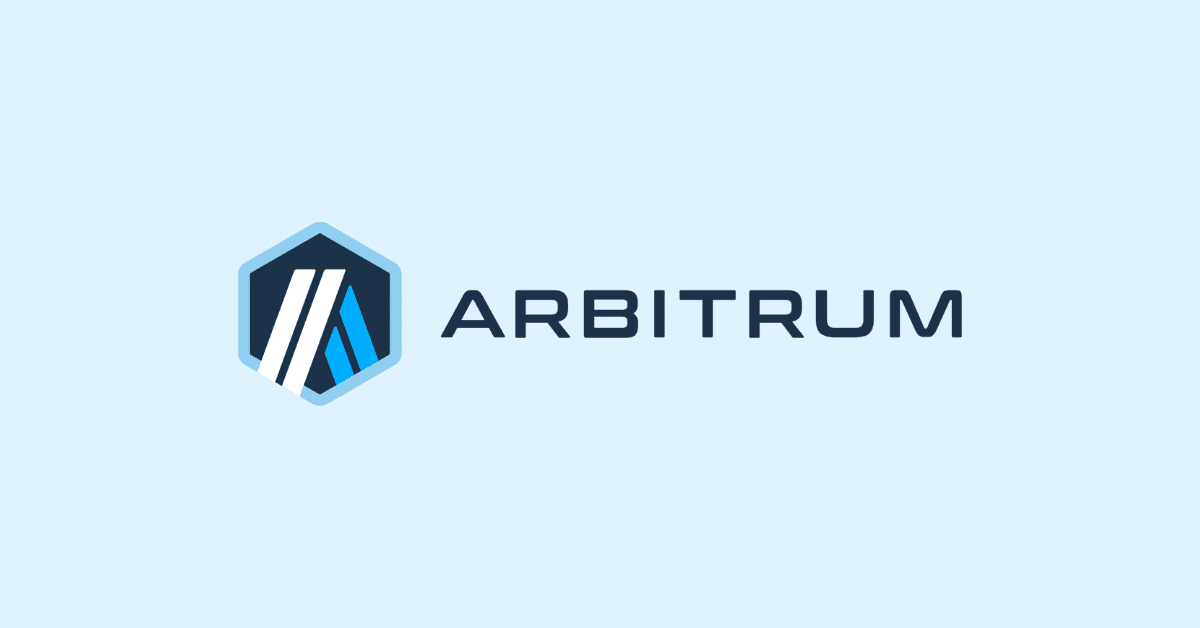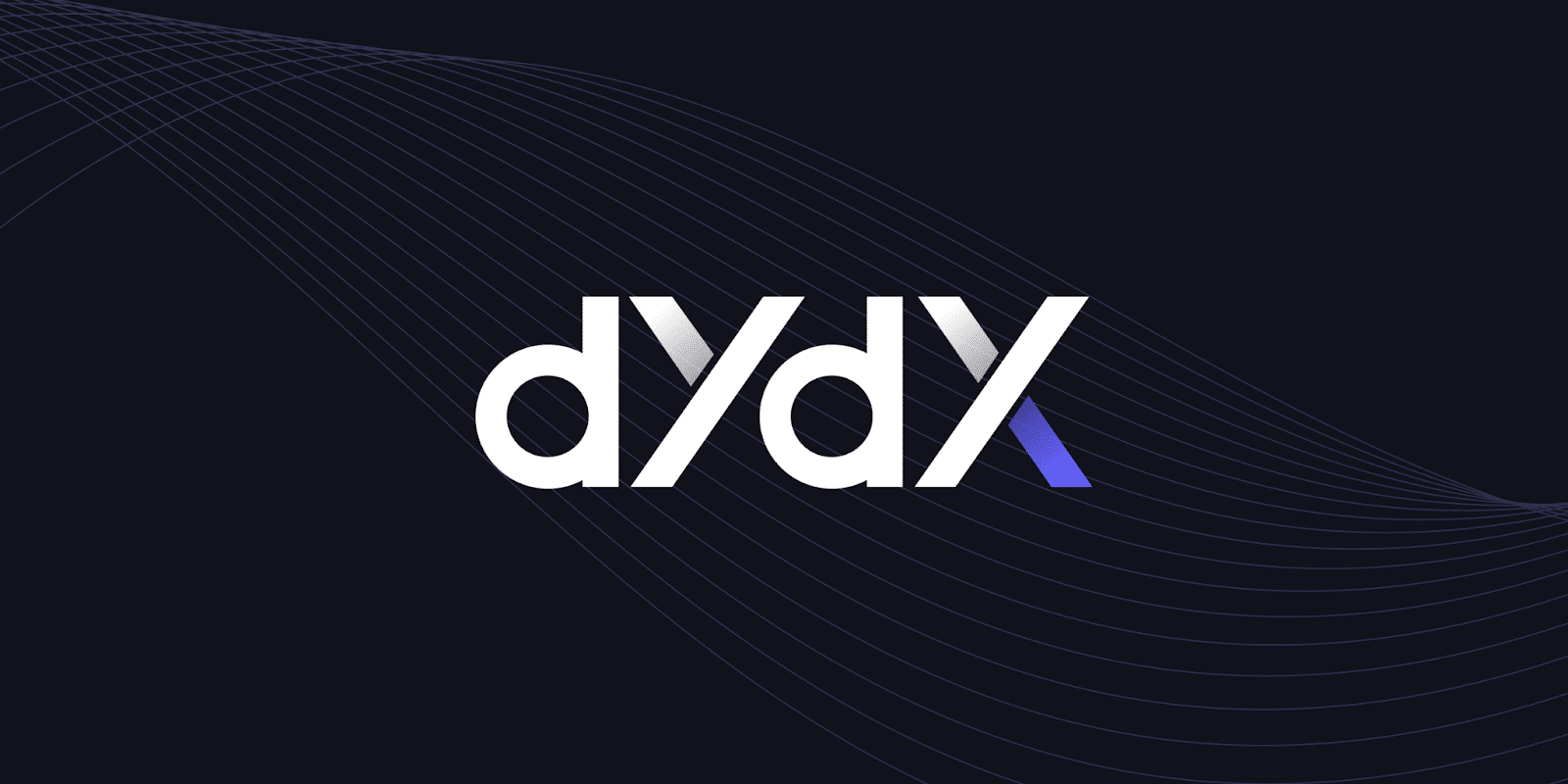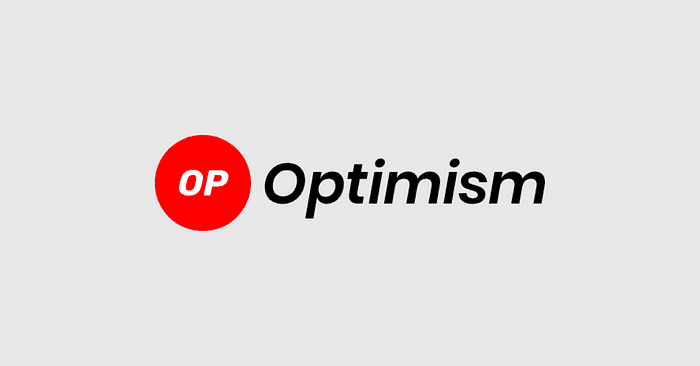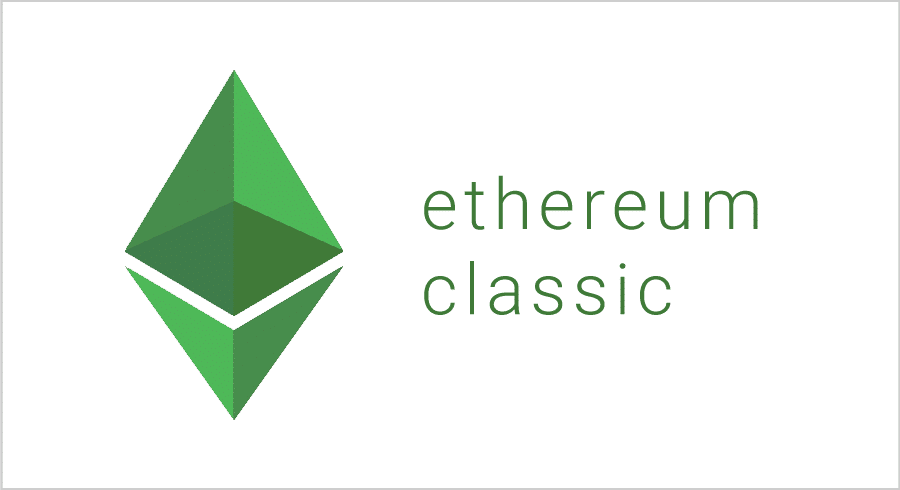Key Takeaways
- Arbitrum (ARB) is a Layer-2 scaling solution to tackle the Ethereum blockchain’s scalability issues.
- Arbitrum handles transactions off-chain to deliver faster transaction speeds and dramatically lower fees than the congested Ethereum mainnet.
- The project is expected to scale the Ethereum network and facilitate significant adoption of wider blockchains.
What Is Arbitrum (ARB)?

Arbitrum (ARB) is a cutting-edge solution designed to address the scalability challenges faced by the Ethereum blockchain. It operates as a Layer-2 scaling protocol, aiming to increase the network’s transaction processing capacity and reduce costs.
How Does Arbitrum (ARB) Work?
Arbitrum tackles Ethereum’s scalability issues by functioning as a Layer-2 scaling solution. It utilizes a specific technology called optimistic rollups to achieve faster and cheaper transactions. Here’s a breakdown of how it works:
Transaction Batching

To explain it in layman’s terms, imagine a bunch of transactions waiting to be processed on the Ethereum mainnet. Arbitrum groups these transactions together into batches.
Off-Chain Execution
Unlike the Ethereum mainnet, Arbitrum executes these batched transactions off-chain on a separate chain Arbitrum maintains. This significantly reduces the load on the Ethereum network.
Fraud Proofs And Challenge Period
After the transactions are executed, a fraud proof is generated for each batch. This proof shows a snapshot of the computations done. There’s a designated challenge period where anyone can dispute a transaction within the batch if they believe it’s fraudulent.
Settlement On Ethereum
If no disputes arise during the challenge period, the entire batch of transactions is then submitted to the Ethereum mainnet for final settlement, leveraging the security of the Ethereum blockchain.
Arbitrum (ARB) Token And Tokenomics
Tokenomics
The ARB token is Arbitrum’s native cryptocurrency. It is used for:
- Incentives
- Governance
Token Details
Total Supply: 10,000,000,000 ARB
Circulating Supply: 4,097,359,817 ARB
Current Price $1.15
Market Capitalization: $4,737,767,806
This information is current as of December 5th, 2024, and the token’s price, market value, and available supply may fluctuate.
Distribution

- User Airdrop (11.62%)
- DAO Airdrop (1.13%)
- Offchain Labs Investors (17.53%)
- Offchain Labs Teams & Advisors (26.94%)
- Arbitrum DAO Treasury (42.78%)
Where Can I Buy Arbitrum (ARB)?
Binance – Binance is a major exchange offering a wide range of cryptocurrencies. It offers multiple ways to buy crypto, including credit cards, debit cards, and peer-to-peer (P2P) trading.
Bybit – This exchange is known for its derivatives and margin trading features, but you can also use the platform for spot trading.
Coinbase – Coinbase is an American-based cryptocurrency exchange that allows you to buy cryptocurrencies using various payment methods, including bank transfers, debit cards, and wire transfers.
Is Arbitrum (ARB) A Good Investment?
Pros
- Speed and Low Fees – Arbitrum significantly reduces transaction times and fees compared to the Ethereum mainnet.
- EVM Compatibility – Developers do not need to learn a new programming language to build applications on Arbitrum; they can easily port existing Ethereum dApps with minimal code changes.
- Large Developer Ecosystem – Arbitrum has attracted a large and active developer community due to its EVM compatibility.
Cons
- Challenge Period – Optimistic rollups, the technology Arbitrum employs, involve a challenge period for disputed transactions. This means there is a slight chance a transaction might be reversed if proven fraudulent within this timeframe.
- Limited Programming Languages – While EVM-compatible, Arbitrum currently only supports a limited number of programming languages compared to other Layer-2 solutions.
- Reliant on Ethereum’s Security – Although Arbitrum leverages Ethereum’s security, any vulnerabilities in the underlying Ethereum network could also potentially impact Arbitrum.
Final Thoughts
Whether Arbitrum (ARB) is a good investment depends on your risk tolerance and goals. Remember, this guide only provides a starting point for your research. Always conduct your due diligence before making any investment decisions.























